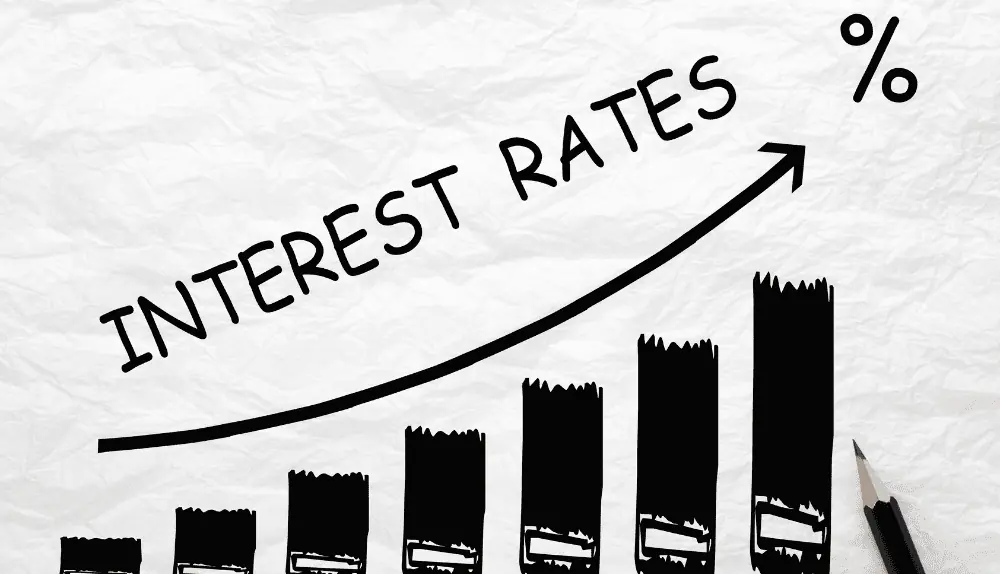Securing financing is essential for any business looking to grow and thrive. Whether you’re just starting out or looking to expand, having access to capital can make all the difference in achieving your goals.
However, navigating the world of business financing can be daunting, especially when it comes to understanding the various terms and rates that lenders use. One term that you may come across is factor rate, and it’s important to understand what it means and how it can impact your financing options.
In this article, we’ll dive into the world of factor rates and explore what you need to know to make informed decisions about securing financing for your business.
What’s a Factor Rate?
For small business owners, several financing options are available to help them maintain operations and achieve success. If you have recently applied for business financing, you may have encountered the term factor rate, also known as money factor or buy rate. Factor rates are not as widely used as interest rates and APRs, but they are still important when obtaining financing.
Factor rates are essentially the amount of interest charged by a financial institution, usually an alternative or non-bank lender when providing a cash advance. They are expressed as decimals, which typically range from 1.1 to 1.5, and represent the amount owed in addition to the original funding amount.
In other words, the factor rate is a fixed percentage applied to the loan amount upfront and does not change over the course of the loan, regardless of the repayment term.
Alternative lenders who work with companies that may not qualify for typical bank loans frequently use factor rates. Because these lenders are taking on additional risk by collaborating with these companies, they often charge higher interest rates to compensate. Factor rates allow them to secure a predictable return on their investment, even if they repay the loan fast.
How to Calculate a Factor Rate?
To calculate a factor rate, you need to know the total amount of financing you are seeking and the amount of money you will be required to repay. The repayment includes both the original funding amount and the additional fees, expressed as the factor rate.
For example, if you seek a cash advance of $50,000 and the lender offers you a factor rate of 1.3, you will need to repay $65,000 (50,000 x 1.3).
Calculating the factor rate itself is typically done by the lender. It is based on a variety of factors, such as the borrower’s creditworthiness, the amount of financing sought, the repayment term, and the perceived risk associated with the loan.
It’s important to note that factor rates differ from traditional interest rates in that they are a fixed percentage applied to the loan amount upfront rather than being calculated and charged throughout the loan.
It means that the total cost of borrowing with a factor rate can be higher than with a traditional interest rate, especially if the loan is repaid quickly. As such, it’s important to carefully consider all of your financing options and understand the terms and fees associated with each before deciding.
Factor vs. Interest Rates

Differences:
Factor rates:
- Expressed as a decimal.
- Only refers to the original loan amount.
- Used in merchant cash advances and other sorts of borrowing.
Interest rates:
- Displayed as an annualized percentage
- Only applies to the remaining balance of the loaned amount
- Credit cards, personal loans, and other forms of finance are examples of how this term is used.
Your payments are not fixed when you borrow money with an interest rate because the rate is computed depending on the loan’s remaining balance, which reduces as you make payments. This means that the interest rate will be revised on a regular basis throughout the length of the loan.
Factor rates, on the other hand, are predetermined and remain constant during the loan’s period. Instead of making monthly payments, like with a regular loan, you will pay the complete amount at once.
Factor rates, because of their numerical character, can be misleading. For example, a factor rate of 1.3 may appear reasonable, but the.3 reflects a 30 percent flat fee that must be paid in addition to the borrowed amount. This amount remains constant during the loan period, and you may calculate the total amount owed by multiplying the factor rate by the borrowed amount. In this example, if you borrow $10,000 at a factor rate of 1.3, you must repay a total of $13,000, regardless of how quickly you repay it.
Converting Factor Rate into Annual Percentage Rate
Changing a factor rate to an annual percentage rate (APR) might help you compare the cost of financing from various providers. Use these methods to convert a factor rate to an APR:
Determine the financing term: The first step is to decide the financing term, which is commonly represented in months.
Calculate the total cost of financing: To determine the overall cost of financing, multiply the amount borrowed by the factor rate. For example, if you borrowed $10,000 and the factor rate was 1.2, your total financing cost would be $12,000 ($10,000 x 1.2).
Determine the interest: To calculate interest, divide the entire cost of financing by the amount borrowed. The interest in the preceding case would be $2,000 ($12,000 total cost / $10,000 borrowed).
Convert to APR: To convert the factor rate to an APR, you need to employ a formula that takes into consideration the length of the financing. One popular formula is:
APR = (Interest / Amount Borrowed) x (12 / Financing Term) x 100%
Considering the preceding example, the APR would be:
APR = ($2,000 / $10,000) x (12 / 12) x 100% = 20%
Hence, in this case, the factor rate of 1.2 would convert to an APR of 20%. Keep in mind that the APR calculation assumes the loan is repaid over the whole term and does not account for any additional fees or charges that may be linked with the loan.
How Lenders Estimate Your Factor Rate
A factor rate is a type of financing typically used by small businesses that need quick access to funding. Unlike traditional loans, which charge interest, factor rates are expressed as a fixed percentage of the amount borrowed and are based on various factors. Here are some of the ways that lenders may estimate your factor rate:
Credit score: One of the main factors lenders consider when determining your factor rate is your credit score. A higher credit score typically means that you are a lower-risk borrower and may qualify for a lower factor rate.
Time in business: Lenders may also consider how long your business has been operating when determining your factor rate. A company that has been working for a longer period is typically considered less risky than a newer business and may qualify for a lower factor rate.
Monthly revenue: Lenders may also look at your monthly revenue when determining your factor rate. A business that generates more monthly revenue is generally considered a lower-risk borrower and may qualify for a lower factor rate.
Industry: The industry that your business operates in can also play a role in determining your factor rate. Some industries are considered to be at a higher risk than others and may be charged a higher factor rate as a result.
Collateral: Depending on the type of financing you seek, lenders may also consider any collateral you can provide. If you can secure your financing with collateral such as property or equipment, you may qualify for a lower factor rate.
Conclusion
In the world of business financing, there are a variety of options available. However, some require businesses to meet specific criteria, while others depend largely on their potential to generate future sales.
Meanwhile, alternative forms of financing often come with factor rates. While there are certainly advantages and disadvantages to factor rate financing, for businesses needing a quick injection of cash, the drawbacks may be worth it to rapidly access the funds they require.

